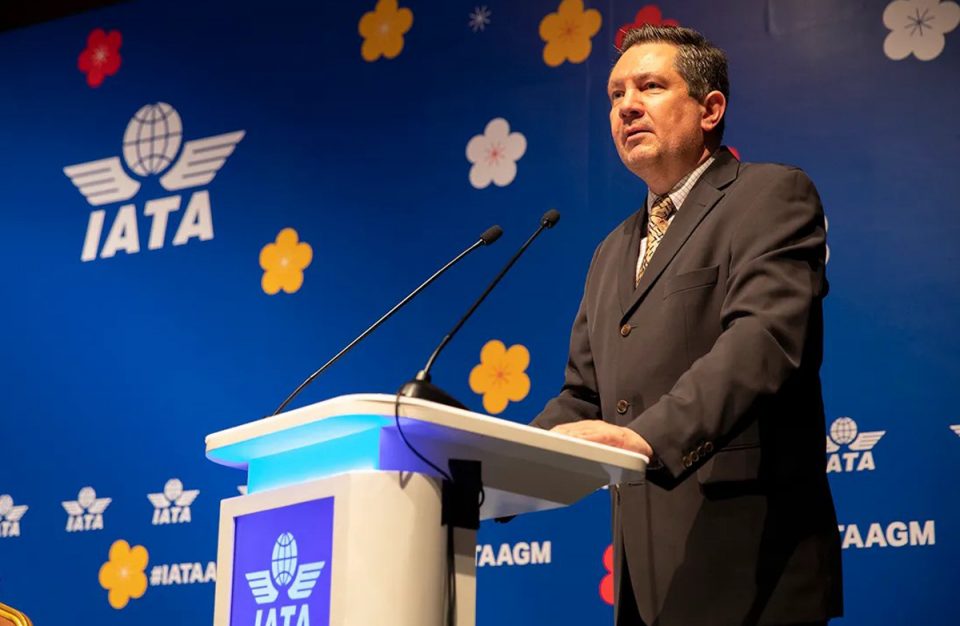The International Air Transport Association (IATA) has called for a transition to enhanced ground support equipment (Enhanced GSE) to improve safety and contain the cost of ground damage involving GSE. Enhanced GSE uses anti-collision and inching technology, improves vehicle control, and increases docking accuracy, all of which minimizes the risk of personnel injuries and damaging aircraft.
The call for transition to Enhanced GSE is detailed in a newly published IATA study, which estimates that the annual cost of ground damage could double to nearly $10 billion by 2035 unless preventive action is taken. The cost of ground damage forecast is based on direct costs (including labor and material costs, temporary leasing costs, logistical expenses, and administrative costs) and indirect costs (lost revenue, crew and passenger repositioning costs, compensation costs for delayed services etc.). The study finds: that most aircraft ground damage that occurs once the aircraft is stationary is caused by motorized GSE striking the fuselage of the aircraft; that the widebody aircraft ground damage rate is ten times higher than narrowbody aircraft, but regional jets, turboprop, and narrow-body aircraft are 30 per cent more prone to severe ground damage; that belt-loaders, cargo-loaders, passenger stairs and passenger boarding bridges (PBB), cause 40 per cent of total incidents (Source: IATA ground damage incident data base); and that transitioning 75% of the global fleet of belt-loaders, cargo-loaders, passenger stairs and PBB to Enhanced GSE, would reduce the current expected ground damage cost per turn rate by 42 per cent (IATA estimate).
IATA Senior Vice President, Operations, Safety and Security, Nick Careen, said: “Transitioning to Enhanced GSE with anti-collision technology is a no-brainer. We have proven technology that can improve safety. And with the cost of ground damage growing across the industry there is a clear business case supporting early adoption. The challenge now is to put together a roadmap so that all stakeholders are aligned on a transition plan.”
IATA stated that along with reducing the cost of ground damage, the transition to Enhanced GSE will also support the industry’s commitment to achieve net zero CO2 emissions by 2050 as most new equipment is electrically powered.
“Most Enhanced GSE is electrically powered, making it cleaner and more energy efficient. While the main focus of aviation’s decarbonization efforts is on how we power aircraft, what happens on the ground cannot be ignored. The transition to Enhanced GSE will contribute to our industry’s top priorities of safety and sustainability,” Careen said.




